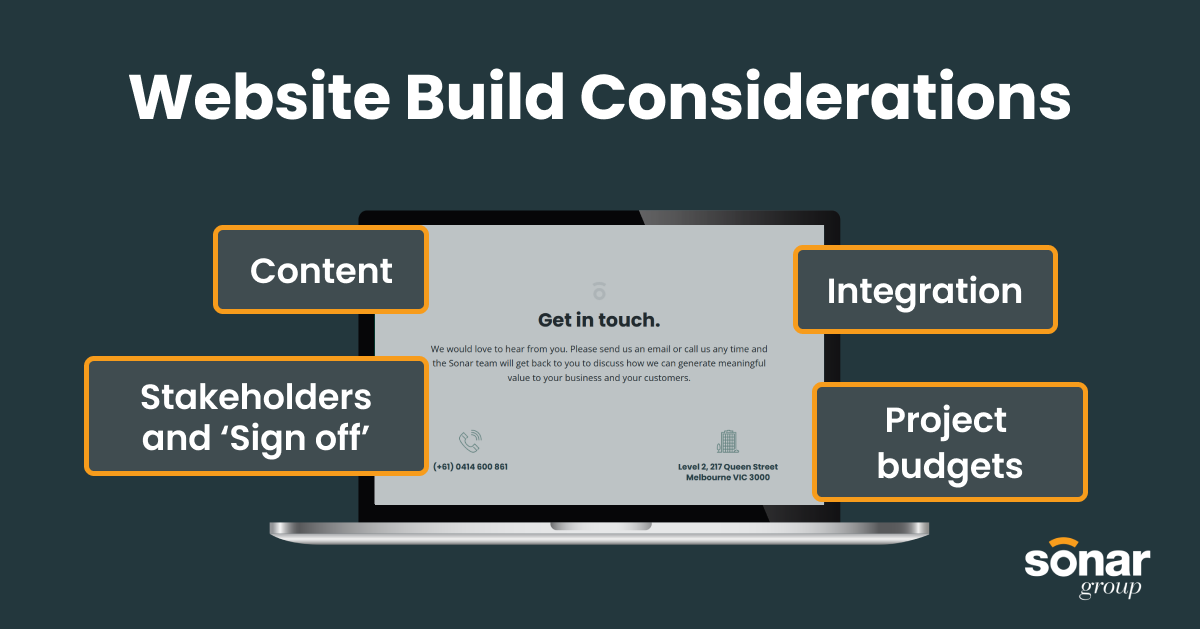Blog
Developing a new website in 2022? Look out for these pitfalls.
If you plan to redesign your website in 2022, here are a few considerations and pitfalls to look out for.

March 1, 2022
Content.
Quite often it is the core content (including copy and image/videos in the main) of the website that causes the most issues during the project cycle. Generally for smaller scale projects, the new site is designed and built on the agreed assumption that the client stakeholders will populate with existing or new content that is in line with the new experience design. However, without the scope for a formal content audit and access to all-new content that is fit for purpose and aligned to the new site design structure, the site experience can be diluted once the content-entry process is initially completed using information from the old website.
So, when planning a new website redesign, we recommend ensuring that all key stakeholders are crystal clear on the content stream and requirements, that an audit is undertaken with consideration for the new site structure, and the design/gathering process starts as soon as possible to align with the overall project milestones. This will avoid the ‘stock’ designs being approved without consideration for what the ‘real’ branded content will look like when in site.
Finally, often formal QA and user acceptance testing cannot be effectively undertaken unless it’s done with the ‘real’ content in place, so ensure that this is considered as part of the project timeline prior to seeking review and approval.
Integrations.
Another foxhole to fall into can be around the website’s integration with other pieces of marketing technology. While some of this integration has definitely improved and made certain integration points easier to implement over recent years, it is still a key watchpoint. Integration into a company’s older CRM or bespoke piece of technology for example, can be a blackhole of time and very difficult to estimate effort ahead of time. This is one area where we seek to formally define and validate during the initial Definitions phase of the project, to ensure we are fully across the integration points and our clients have complete understanding and access to those areas they are seeking the website to communicate with.
You can mitigate this through agile ‘proof of concept’ PoC approaches which can help to chip away at the black box of ‘integration’ and shed light on what is possible vs not possible, hard vs easy.
Stakeholders and ‘Sign off’.
Another point is being clear on the roles and responsibilities of the client and who is responsible for ‘sign off’ (and that the client is clear as well). On more than one occasion, as we have moved towards launch, we have had senior client members review staging links with strong opinions on design and functionality which has then required reworks, delayed implementation timing, and commercial impacts that were not planned for.
Project budgets and tucking away ‘contingency’.
We would suggest having an additional 15% project budget on hand to handle unforeseen things, as well as the opportunity to go above and beyond with potential new functionality that wasn’t initially on the radar.
While not an exhaustive list of watch-outs, this is a bit of a ‘greatest hits’ learned from the bumps, bruises, and successes of web our dev projects over the years 🙂